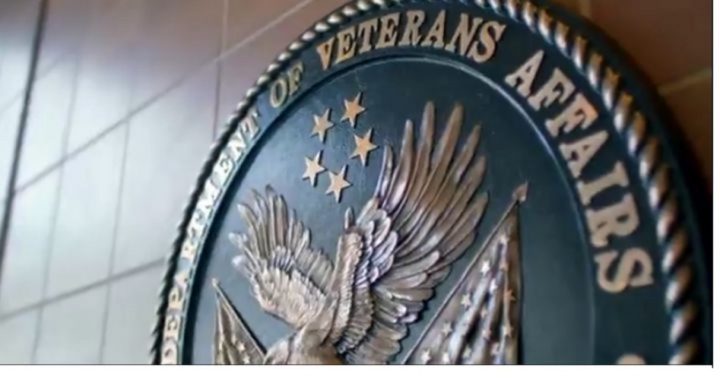
A new report from the Detroit Department of Veterans Affairs inspector general (IG) reveals that the Detroit VA hospital spent over $300,000 on televisions that were ultimately placed in storage and never used. This is just one of many revelations related to the VA’s abuse of funds that have been exposed following the initial VA scandal.
In 2014, the Veterans Administration became the subject of significant controversy following reports that its Phoenix facility had been altering its scheduling books and that at least 40 veterans had died while awaiting care. Reports later revealed similar issues with lengthy wait times in at least 10 states. Investigation into the Veterans Affairs scandal has brought to light a number of startling revelations, including evidence of fraud and regulatory violations related to scheduling issues at over 50 VA medical facilities.
The scandal has prompted investigations into the VA’s handling of its funding, finding that the VA is not only guilty of lengthy wait times and falsified reports, but also of flagrant disregard of taxpayer dollars.
In January of this year, the Office of Inspector General was asked to investigate an allegation that the VA Medical Center in Detroit purchased 300 televisions in September 2013 at a cost of $311,000 and subsequently placed the televisions in storage for two and a half years.
The IG’s August 9 report substantiates the allegation and finds that the televisions were purchased simply because funds were “available.” Furthermore, the warranties have all now lapsed.
The televisions were to be used for a new patient area that had not even been built at the time — and indeed, has still not been built. Further, the IG learned that the wrong TVs were ordered. Though the contractor and officials at the VA agreed to have Ethernet hookups in the patient area, the VA ordered TVs with cable hook-ups instead.
“This information was not shared with the … contractor and the compatibility issue with the TVs was not discovered until November 2013 when the facility received the first shipment of TVs,” the IG wrote.
Rather than returning the TVs, officials at the VA decided to pay the contractors to install cable.
The IG stated, “The TVs and related accessories should have been purchased closer to the award date of the construction contract. By purchasing these items at least 2 1/2 years before a construction contract to install them was awarded, the Detroit VAMC prevented the use of about $292,500 that could have been better spent on other facility priorities. As of June 21, 2016, the facility had not yet awarded a contract to install these TVs. By purchasing the TVs too early in the process, the facility allowed valuable warranties to expire, increasing the risk of incurring additional expenses to replace any faulty TVs.”
The inspector general believes that the purchase of the televisions may be a violation of the “bona fide needs” rule, which mandates that purchases be for items needed within the same year.
Despite claims by VA facilities that they do not have the necessary funding to provide appropriate care for their patients, this report’s findings accentuate that the real problem is a brazen indifference toward the use of taxpayer dollars that could be better spent elsewhere. And the 300 televisions are just one example.
An oversight report by taxpayer watchdog group Open the Books and COX Media Washington, D.C., entitled “The VA Scandal Two Years Later,” reveals that while veterans had been waiting for care and facilities were altering scheduling books to cover up the lengthy waiting lists, the VA was utilizing millions of dollars in financial resources to improve the artistic ambience of its facilities, among other things. According to the report’s findings, the VA spent $20 million on artwork and sculptures and added nearly 40,000 new jobs, though just one in 11 were medical positions, all while thousands of veterans died awaiting medical care. Of the $20 million, $16 million was spent during President Obama’s two terms.
That $20 million does not include the salaries of the 167 interior designers that the Daily Caller News Foundation (DCNF) has recently learned are on the Veterans Affairs payroll. A list of VA interior designers from 2011 obtained by the DCNF shows that nearly every VA hospital has an interior designer, and some employ more than one. The Daily Caller estimates the cost of the designers:
At $100,000 in combined salaries and benefits — many actually make more — the cost of employing those 167 designers would add up to $17 million a year, or $136 million during the eight years of the Obama administration, making the salaries of the people in charge of picking out art dwarf even those art costs.
These findings all seem to emphasize that despite the availability of funds, the financial decision makers at the VA have a warped sense of priority for how to use them.




